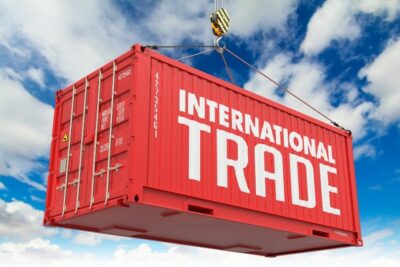Known for its kaleidoscope of ever-changing rules and regulations, the international trade landscape certainly surpassed expectations in 2019. Section 232 and 301 duties sent their ripples throughout the global economy. In a speech in September 2019, Cynthia Whittenburg, CBP Deputy Executive Assistant Commissioner, shared that even if both duties were rescinded immediately, their lingering impacts would be felt for years as existing entries continued through the post-entry process and five-year audit minimum. Trends coming out of this year are both fundamental and groundbreaking.
Trend 1: Focusing on the Fundamentals
Michael Jordan famously said that when you “get away from fundamentals… the bottom can fall out of your game, your schoolwork, your job… whatever you’re doing.” The same is true in compliance, especially in tariff classifications. Getting the classification right (or wrong) impacts everything including duty rates, Section 232/301, free trade agreements and admissibility, therefore conducting a periodic review of one’s product lines within the supply chain is crucial. Customs provides public access to its rulings through the CROSS database. Rulings provide insight into Customs’ thought process and approach when dealing with product classification and other issues. Products that significantly affect a company’s bottom line should be reviewed with regularity. This year, BCG discovered that our tariff classification reviews reaped significant benefits and put our clients on a defensible ground for 2020.
In addition, partner government agencies use the tariff codes to provide red flags that additional regulations may apply to a product. Even though the importer is responsible for reporting the entry to the correct agency, regardless of whether a flag is received, correct classifications maximize a company’s chances of receiving this additional support.
Trend 2: Enhancing Compliance Programs
Customs focused on enforcement efforts in 2019. When responding to enforcement efforts companies need to demonstrate a strong commitment to compliance. One consistently effective way to show Customs a robust stakeholder commitment is through compliance manuals tailored to the organization’s actual processes. Companies with a fully fleshed compliance program, where impacted parties clearly understand expectations, procedures, and escalation processes, fared better than those with superficial compliance programs. (Crossed fingers for good luck if you will). In addition to manuals, checklists, desk-level procedures, and a training program matched to individual job functions, one should present an agile team ready to act consistently, raise red flags, and ensure correct actions are taken throughout the product lifecycle. A defensible classification is fundamental to business planning.
In addition to strengthening an organization’s position during an audit, a healthy compliance program benefits its company in many ways. Designed properly, the compliance process can prevent problems, foresee challenges, reduce unexpected expenses after shipment, recognize opportunities, and add value to an organization.
Trend 3: Outsourcing Compliance Functions
Companies outsource many functions such as IT, customer service and logistics. For years, companies have also expressed interest in outsourcing compliance. This integral part of the “game plan” gained steam in 2019 as the fluctuations of the regulatory environment have challenged even the most well-staffed organizations. Dedicated compliance organizations recognize compliance as their core competency and leverage their efforts and knowledge across multiple industries. This brings many benefits to companies as they bring experience and best-in-class solutions when solving problems, identifying challenges and mitigating risks.
The year certainly has been volatile. Franklin D. Roosevelt said, “A smooth sea never made a skilled sailor.” It’s our hope that you have found more tools in your tool belt this year.



























